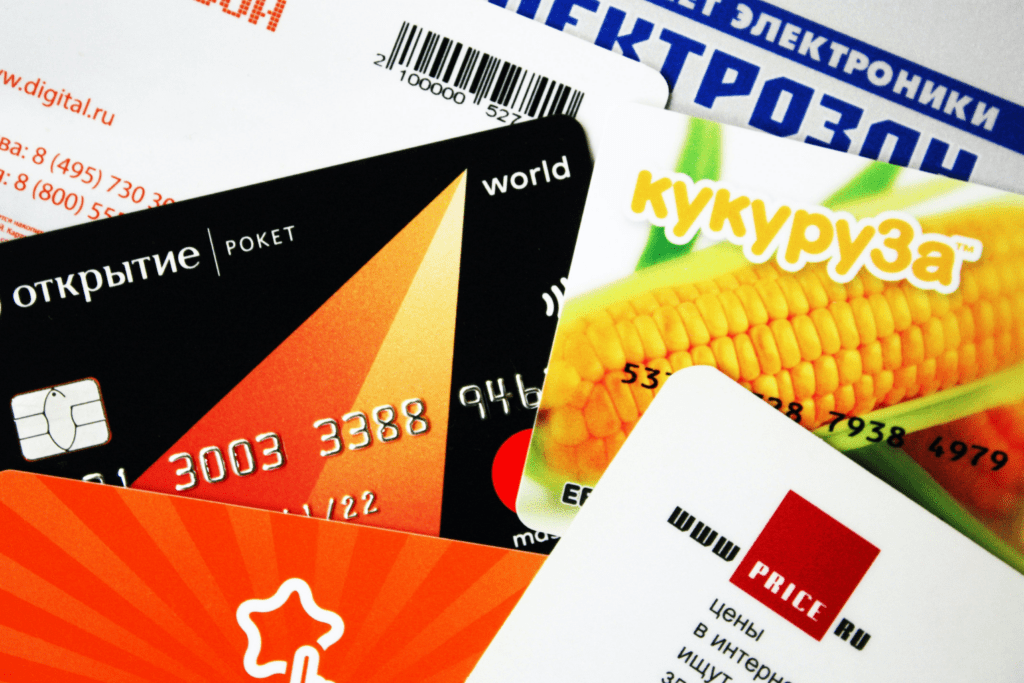High-interest debt, a formidable challenge for many, can significantly undermine financial well-being and hinder long-term financial stability. This type of debt, often manifested through credit cards, payday loans, and other unsecured loans, is characterized by its ability to rapidly accumulate, thanks to exorbitant interest rates that compound over time. The burden of high-interest debt not only strains daily finances but also impedes the ability to save for future goals, creating a cycle of financial stress and limitation. Recognizing the profound impact that such debt can have, it becomes imperative to adopt a strategic approach to manage and overcome these debt challenges. A well-thought-out strategy—encompassing debt assessment, repayment plans, and financial behavior adjustments—is crucial. It not only aids in efficiently navigating out of debt but also in reclaiming control over one’s financial destiny, paving the way toward a more secure and prosperous financial future.
Learn how to tackle high-interest debt with the Wealth Maximization Account and build wealth with the Perpetual Wealth Strategy.
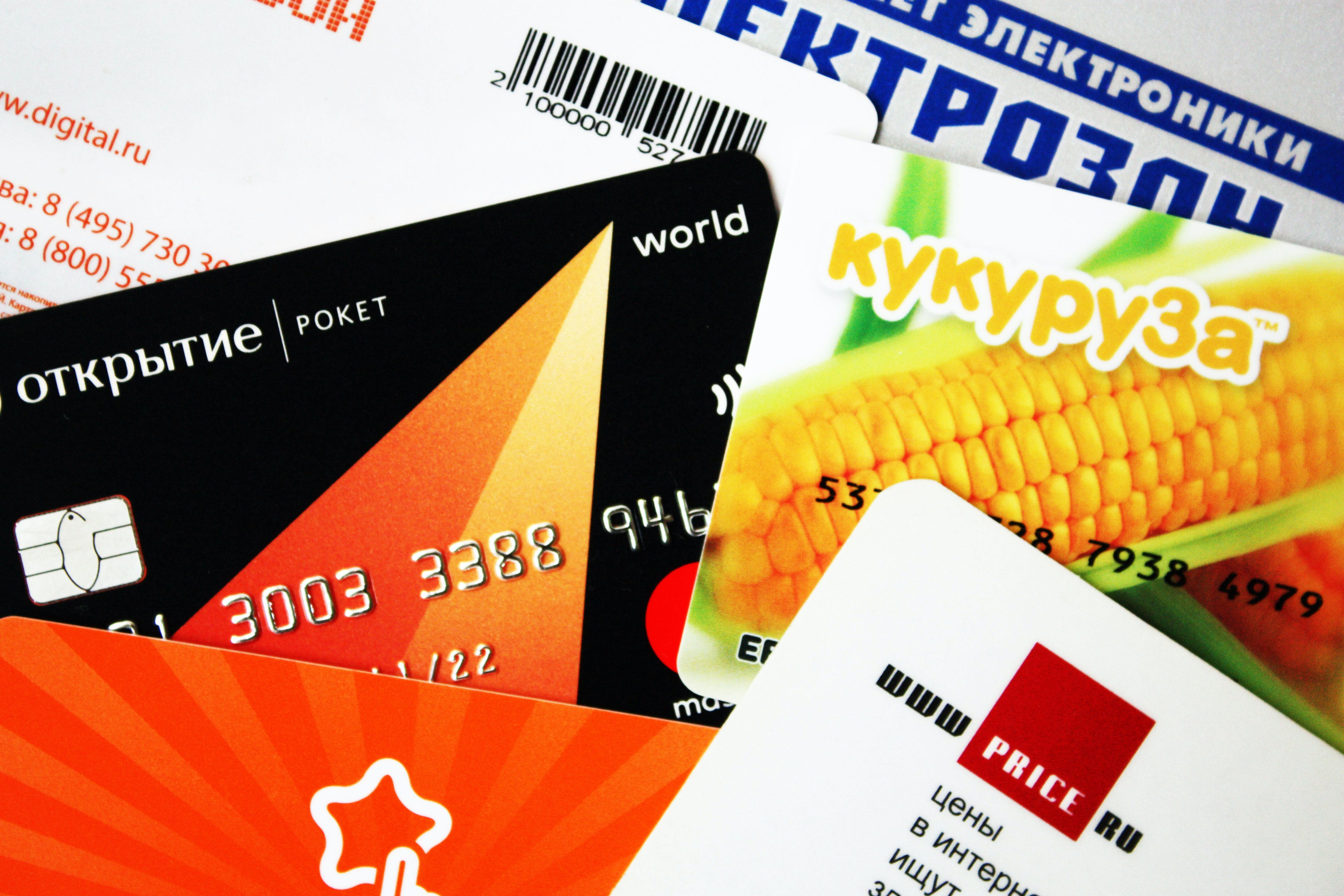
Understanding Loans With High Interest
High-interest debt encompasses various forms of borrowing that carry exceptionally high interest rates, making it costly for borrowers to carry and repay these debts. Examples of high-interest debt include:
Credit Card Debt
Credit cards often come with high annual percentage rates (APRs), typically ranging from 15% to 25% or even higher. When cardholders carry a balance from month to month, interest charges accumulate, significantly increasing the overall amount owed.
Payday Loans
Payday loans are short-term, small-dollar loans with exceedingly high APRs, often exceeding 300%. Due to these high interest loans, their short repayment terms and high fees, borrowers can quickly find themselves trapped in a cycle of debt.
Title Loans
Title loans involve using a vehicle’s title as collateral for a loan. These loans can carry APRs well over 100%, and if the loan amount not repaid promptly, the lender may repossess the borrower’s vehicle.
A Personal Loan from Predatory Lenders
Some lenders, particularly online and storefront payday lenders, offer unsecured personal loans with exorbitant interest rates, sometimes exceeding 100% APR.
High-interest rates compound over time due to the way interest is calculated. The interest charges are added to the outstanding balance, and subsequent interest is calculated based on this new, higher balance. This compounding effect means that borrowers end up paying the loan amounts in interest on top of interest, causing the total debt to grow rapidly. Over the long term, the compounding of high-interest rates can lead to a significant debt burden, making it increasingly challenging to pay off the debt and escape the cycle of financial strain. It underscores the importance of tackling high-interest debt promptly and strategically to prevent its detrimental impact on one’s financial health.
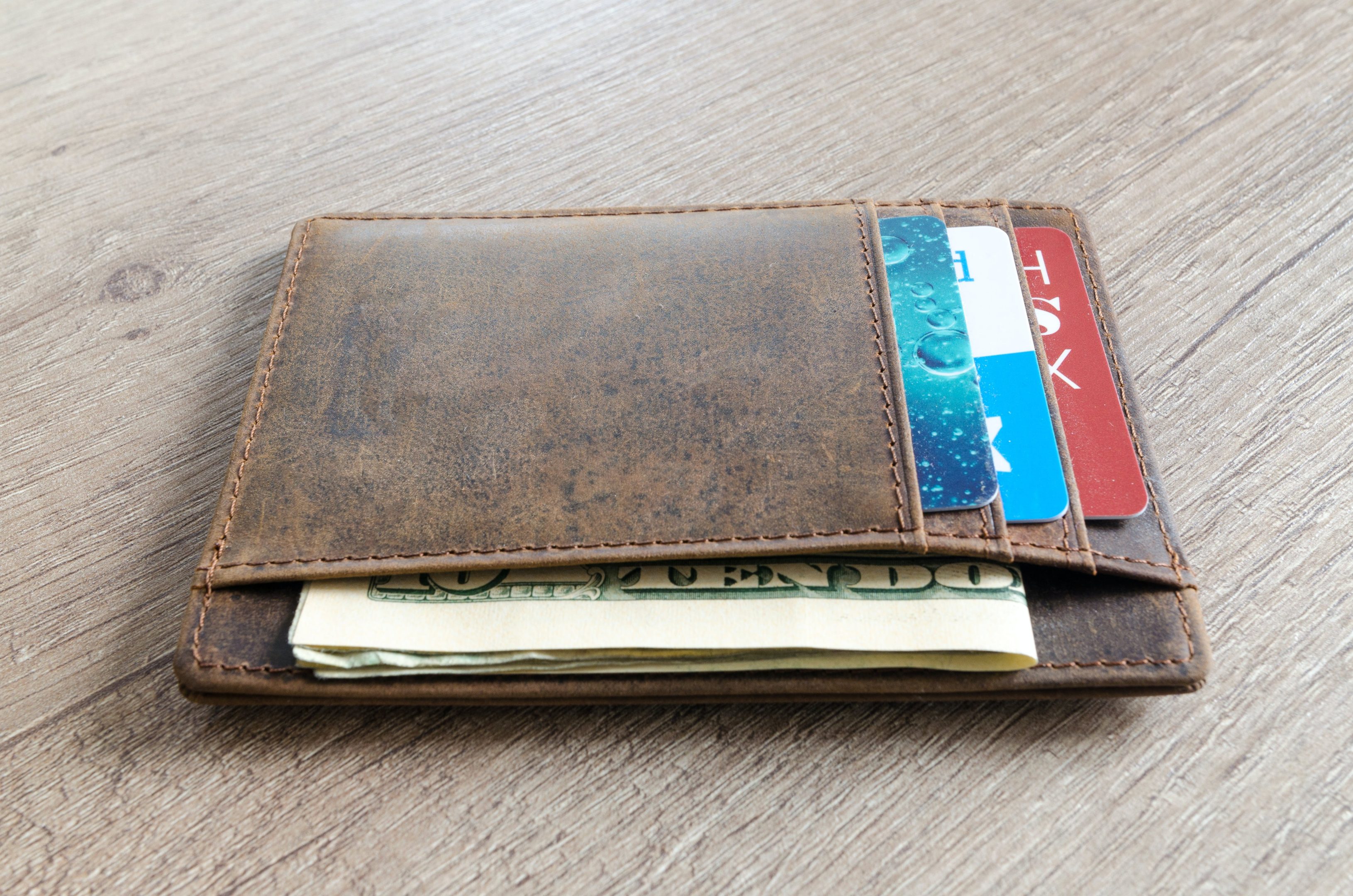
Assessing Your Debt Situation
Compiling a comprehensive list of your debts is a critical first step in effectively managing and ultimately eliminating high-interest debt. Here’s a guide on how to do it:
- Gather Your Statements: Start by gathering all your financial statements, including credit card statements, loan statements, and any other records of debt. This will serve as the basis for creating your debt inventory.
- List Each Debt: Create a detailed list of each debt you owe. Include the following information for each debt:
- Creditor’s Name: Write down the name of the lender or creditor.
- Type of Debt: Specify the type of debt, such as credit card, personal loan, payday loan, etc.
- Outstanding Balance: Note the current balance owed on the debt.
- Interest Rate: Record the annual interest rate (APR) associated with the debt.
- Minimum Payment: Indicate the minimum monthly payment required by the creditor.
- Due Date: Include the due date for each monthly payment.
- Calculate Total Debt: Sum up all the outstanding balances to find your total debt load. This will give you a clear picture of the overall amount you owe.
- Determine Interest Costs: Calculate the total interest you’re paying each month by multiplying each debt’s outstanding balance by its respective interest rate. This will help you understand how much money is going towards interest payments.
- Calculate Your Debt-to-Income Ratio: Your debt-to-income ratio (DTI) is a crucial metric in understanding your financial health. To calculate it, add up all your monthly debt payments (minimum payments) and divide that by your monthly gross income. Multiply the result by 100 to express it as a percentage.
A high DTI indicates that a significant portion of your income is going towards debt payments, which may strain your financial situation.
Understanding your debt-to-income ratio is essential because it provides insights into your ability to manage your current debt load. Lenders often use DTI as a factor when evaluating loan applications. A high DTI can limit your ability to qualify for new credit, such as mortgages or loans, and may indicate a need to reduce debt to achieve a healthier financial balance.
Learn how to tackle high-interest debt with the Wealth Maximization Account and build wealth with the Perpetual Wealth Strategy.
Strategies for Paying Off a Loan With High Interest

The Avalanche Method:
The Avalanche Method is a debt repayment strategy that involves prioritizing and paying off debts with the highest interest rates first. Here’s how it works and why it’s effective:
- Prioritizing High-Interest Debts: With the Avalanche Method, you identify the debts in your list that carry the highest interest rates. These are the debts that cost you the most in interest charges over time.
- Allocating Extra Payments: While continuing to make minimum payments on all your debts, you allocate any extra funds you have available to the debt with the highest interest rate. This means you’re attacking the debt that’s accruing interest at the fastest rate.
- Snowballing Savings: As you pay off the high-interest debts, you’ll notice a snowball effect. With each debt you eliminate, you free up more money to put towards the next highest-interest debt. This results in accelerated debt reduction and significant savings on interest payments over time.
The Avalanche Method is particularly effective for individuals who are motivated by financial savings and want to minimize the overall interest they pay. While it may not provide the immediate psychological rewards of the Snowball Method, it’s a strategic approach that can lead to substantial long-term financial benefits.
The Snowball Method:
The Snowball Method is a debt repayment strategy that focuses on paying off smaller debts first, regardless of interest rates. Here’s how it works and why it can be psychologically motivating:
- Listing Debts by Size: With the Snowball Method, you list your debts from the smallest to the largest balances.
- Tackling Smallest Debts First: While continuing to make minimum payments on all your debts, you allocate any extra funds you have to the debt with the smallest balance. This means you’re quickly eliminating individual debts.
- Psychological Momentum: The Snowball Method capitalizes on the psychological satisfaction of paying off debts. As you eliminate smaller debts, you experience a sense of accomplishment and motivation, which can be empowering.
- Snowball Effect: Just like with the Avalanche Method, the Snowball Method creates a snowball effect. As you pay off smaller debts, you free up more money to tackle larger debts, building momentum.
The Snowball Method is excellent for individuals who are motivated by small victories and need the psychological boost of seeing tangible progress. While it may result in slightly higher interest costs in the long run compared to the Avalanche Method, the motivational aspect can make it a successful strategy for many.
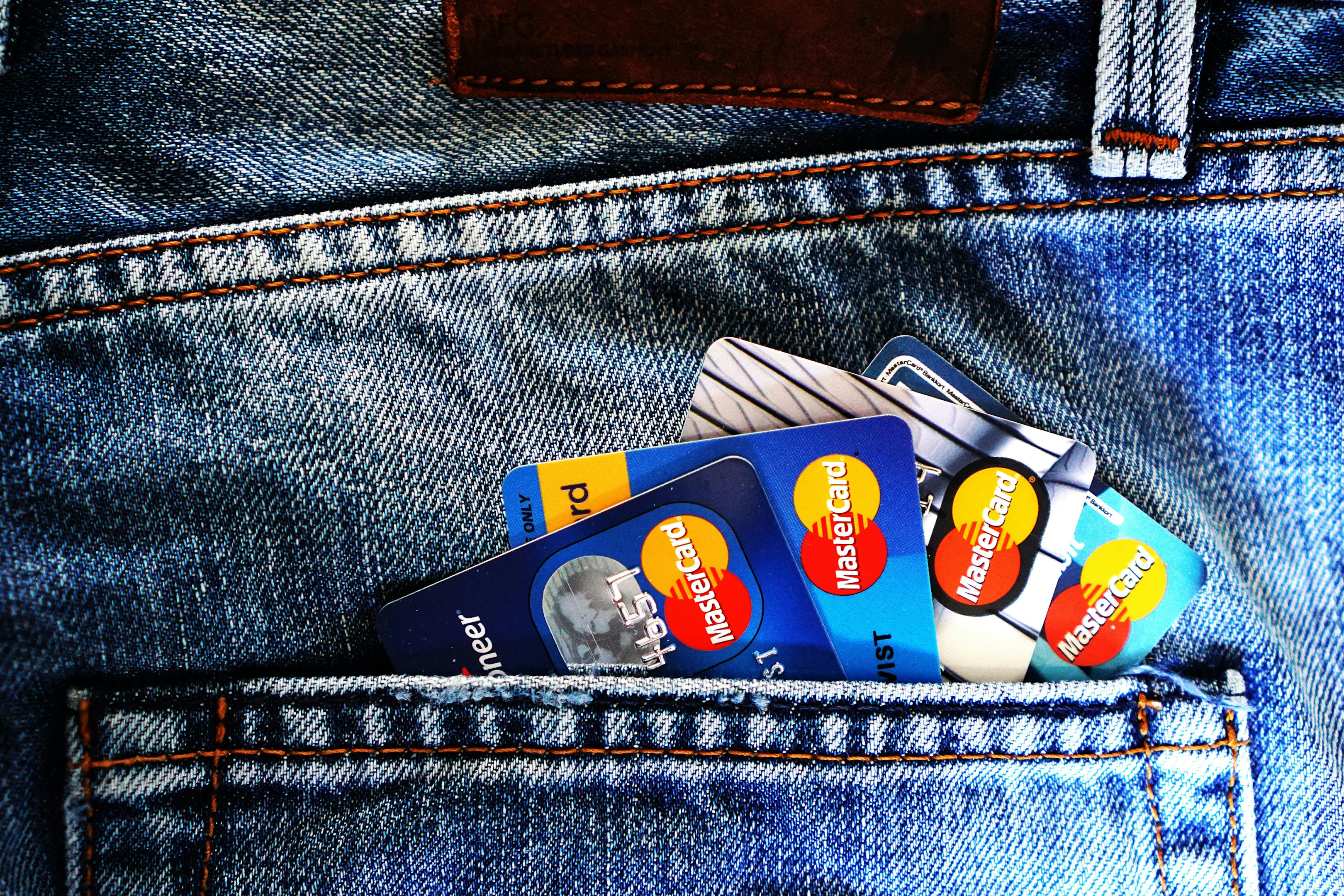
Balance Transfer Credit Cards:
Balance transfer credit cards can provide relief from high-interest debt by allowing you to transfer existing high-interest balances to a new card with a 0% introductory APR (Annual Percentage Rate). Here’s how it works:
- Introductory APR: Balance transfer cards offer a promotional period during which the interest rate is 0% or significantly lower than your current rates. This introductory period typically lasts for a specified number of months.
- Transfer Balances: You can transfer existing high-interest credit card balances to the new card. This consolidates your debts onto a single card with a lower or no interest rate for the promotional period.
- Interest Savings: During the introductory period, you won’t accrue interest on the transferred balances. This provides relief on interest charges and allows you to make faster progress in paying down the principal balance.
- Consideration: It’s essential to consider the balance transfer fee, which is typically a percentage of the amount transferred, and the duration of the introductory APR period. Additionally, make sure to pay off the transferred balance before the promotional period ends to avoid high-interest rates.
Balance transfer credit cards are a valuable tool for individuals looking to reduce interest costs on their high-interest debt, especially credit card debt. However, it’s essential to use them wisely and have a plan for paying off the transferred balance during the promotional period.
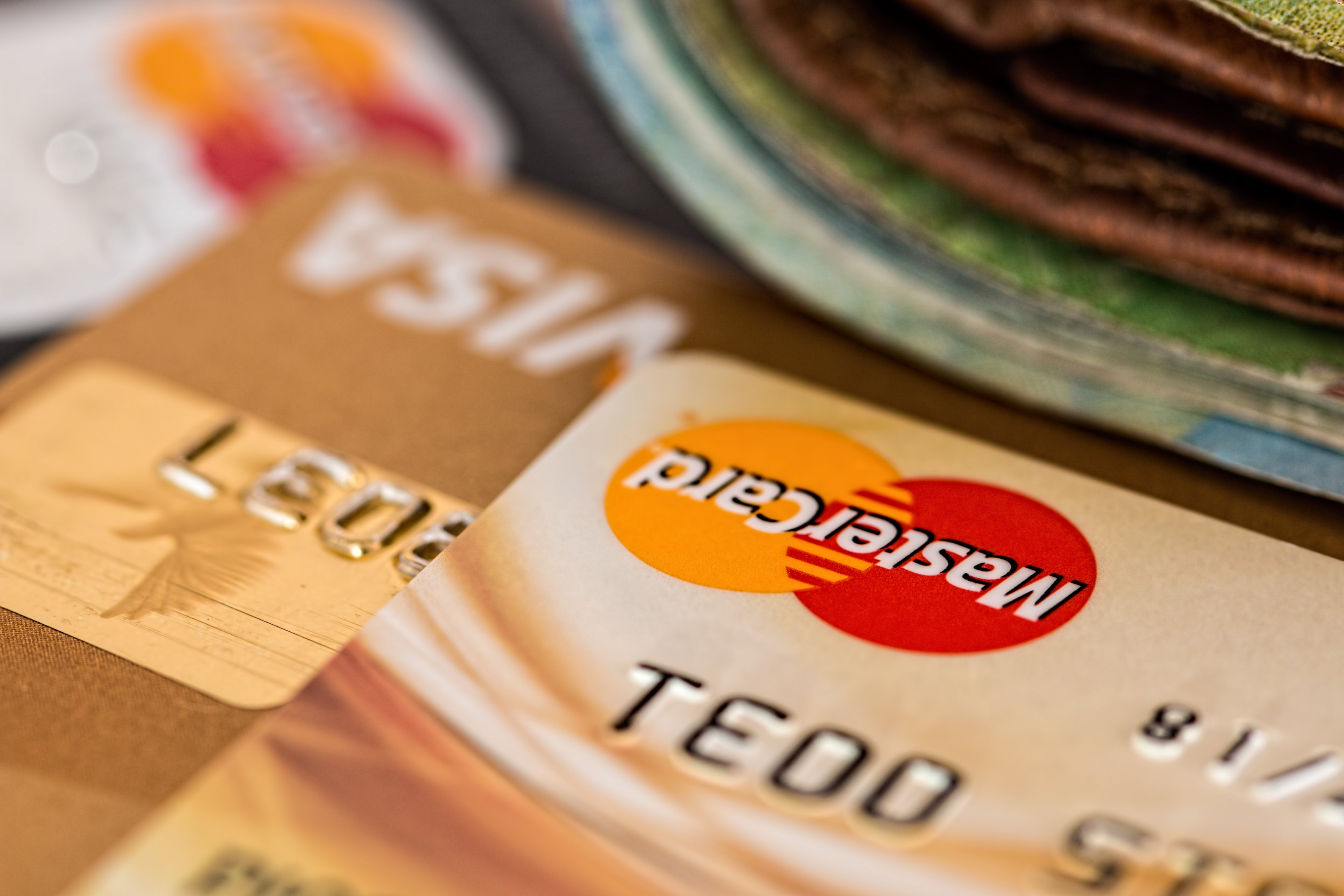
Compare Personal Loan Rates for Debt Consolidation:
Consolidating multiple high-interest debts into a single, lower-interest personal loan can be an effective strategy for debt management. Here are the pros and cons:
- Pros:
- Lower Interest Rate: Personal loans often come with lower interest rates compared to credit cards or payday loans. This means you’ll pay less in interest over time.
- Simplified Repayment: Consolidating debts into one loan streamlines your monthly payments, making it easier to manage and budget.
- Fixed Terms: Personal loans typically come with fixed terms, so you have a clear timeline for debt repayment.
- Credit Score: Managing multiple debts can be challenging and impact your credit score negatively. Debt consolidation with a personal loan can potentially have a positive effect on your credit score if you make on-time payments.
- Cons:
- Qualification: Qualifying for a lower-interest personal loan may require a good credit score. If your credit is poor, you may not qualify for favorable rates.
- Interest Costs: While the interest rate may be lower, the loan term could be longer, resulting in similar or even higher overall interest costs if you don’t make extra payments.
Debt consolidation with a personal loan is a strategic move for individuals with multiple high-interest debts who can secure a lower interest rate. It simplifies the repayment process and may have a positive impact on credit scores. However, it’s essential to weigh the pros and cons and ensure that the total interest costs and loan terms align with your financial goals.

Budgeting to Combat High-Interest Debt
Creating a budget that prioritizes debt repayment is a crucial step toward achieving financial freedom. Here are some tips to help you develop a budget that focuses on paying off high-interest debt while maintaining financial stability:
1. Calculate Your Total Debt Obligations:
- Start by listing all your debts, including the outstanding balances, interest rates, and minimum payments. This provides a clear picture of your debt load.
2. Set Clear Debt Repayment Goals:
- Determine your debt repayment goals, including target dates for paying off specific debts. Having clear objectives will keep you motivated and accountable.
3. Create a Monthly Budget:
- Track your income and expenses by creating a detailed monthly budget. Include all sources of income, such as your salary, side hustles, and any passive income.
- Categorize your expenses into fixed (e.g., rent/mortgage, utilities, insurance) and variable (e.g., groceries, entertainment, dining out).
- Be honest and thorough when categorizing expenses to ensure accuracy.
4. Prioritize Debt Payments:
- Allocate a significant portion of your budget to debt repayment. Prioritize debts with the highest interest rates first to save money on interest charges.
- Continue making minimum payments on all debts to avoid penalties and late fees.
5. Identify Areas to Cut Expenses:
- Review your budget for potential areas to cut expenses. Consider reducing discretionary spending, such as dining out or entertainment, until your debt is under control.
- Look for subscription services or memberships that you can temporarily cancel or downgrade.
6. Increase Income:
- Explore opportunities to increase your income, such as taking on a part-time job, freelancing, selling unused items, or pursuing side gigs.
- Allocate any additional income directly toward debt repayment.
7. Build an Emergency Fund:
- While it’s essential to focus on debt repayment, don’t neglect the importance of an emergency fund. Aim to save at least a few months’ worth of living expenses.
- An emergency fund acts as a financial safety net, preventing you from relying on high-interest credit when unexpected expenses arise.
8. Track Your Progress:
- Regularly monitor your budget and debt repayment progress. Use budgeting apps or spreadsheets to help you stay organized and motivated.
- Celebrate milestones as you pay off debts, which can provide a sense of accomplishment and encouragement.
9. Seek Professional Advice:
- If you’re struggling to create a budget or manage your debts, consider seeking help from a financial advisor or credit counselor. They can provide personalized guidance and strategies.
10. Stay Committed: – Staying committed to your budget and debt repayment plan is crucial. Consistency and discipline are key to achieving your financial goals.
Remember that prioritizing debt repayment may require short-term sacrifices for long-term financial security. By following these tips, you can create a budget that empowers you to pay off high-interest debt efficiently while also building a financial safety net with an emergency fund. This dual approach will help you avoid accruing new high-interest debt and set you on the path to financial stability.

Learn how to tackle high-interest debt with the Wealth Maximization Account and build wealth with the Perpetual Wealth Strategy.
Negotiating with Creditors
Negotiating with creditors can be a valuable strategy for managing high-interest debt. Here’s a guide on how to negotiate interest rates, payment terms personal loan rates, or debt settlements:
1. Contact Your Creditors:
- Start by reaching out to your creditors directly. You can usually find their contact information on your statements or their website.
- Explain your financial situation honestly and professionally. Mention any hardships or reasons for requesting changes to your debt terms.
2. Request Lower Interest Rates:
- Politely ask if they can lower the interest rate on your debt. Mention competitive interest rates offered by other creditors if applicable.
- Highlight your history of on-time payments and your commitment to resolving the debt.
3. Explore Payment Term Adjustments:
- If your current payment terms are unmanageable, request adjustments. This could involve extending the loan term to lower monthly payments.
- Emphasize your intent to fulfill your financial obligations and demonstrate your willingness to work with the creditor.
4. Inquire About Debt Settlements:
- If you’re experiencing extreme financial hardship, inquire about debt settlement options. This involves negotiating with the creditor to pay a reduced lump sum to settle the debt.
- Be prepared to provide evidence of your financial hardship, such as loss of income or unexpected medical expenses.
5. Get Agreements in Writing:
- Always request written confirmation of any changes or agreements reached with your creditors. This helps prevent misunderstandings in the future.

Potential Impact on Credit Scores and Financial Standing:
- Credit Score Impact: Negotiating with creditors can have varying effects on your credit score:
- Positive Impact: Successfully negotiating lower interest rates or adjusted payment terms can lead to more manageable debt and on-time payments, which can positively affect your credit score over time.
- Neutral Impact: In some cases, creditors may agree to changes without reporting them to credit bureaus, resulting in a neutral impact on your credit score.
- Negative Impact: Debt settlements, where you pay less than the full amount owed, may have a negative impact on your credit score. A settled account may be reported as “settled” or “paid, settled,” which can lower your score temporarily.
- Financial Standing: Negotiating with creditors can help improve your financial standing by making your debt more manageable and potentially avoiding bankruptcy or further financial hardship. It can also prevent the accumulation of additional high-interest debt.
Remember that creditors are more likely to work with borrowers who communicate openly and professionally about their financial challenges. Negotiating with creditors can be a beneficial strategy for those facing high-interest debt, but it’s essential to consider the potential impact on your credit score and overall financial health. Always read and understand any agreements before proceeding, and seek professional advice if needed.
Preventing Future High-Interest Debt
Maintaining financial stability and avoiding the cycle of high-interest debt requires sound financial management practices. Here are some best practices to help you stay on track:
1. Build and Maintain Good Credit:
- Pay bills on time: Timely payment of bills, including credit cards, loans, and utilities, positively affects your credit history.
- Monitor your credit report: Regularly review your credit report for inaccuracies or signs of identity theft. You’re entitled to one free report annually from each of the three major credit bureaus.
- Keep credit card balances low: Maintaining a low credit utilization ratio (credit used vs. total credit limit) can have a positive impact on your credit score.
2. Use Credit Wisely:
- Avoid maxing out credit cards: High credit card balances can lead to higher interest costs and negatively impact your credit score.
- Limit new credit applications: Multiple credit inquiries can lower your credit score. Apply for new credit only when necessary.
- Understand the terms: Read and understand the terms and conditions of credit agreements, including interest rates and fees.
3. Create and Stick to a Budget:
- Develop a monthly budget that accounts for all income and expenses. Use budgeting apps or spreadsheets to help you stay organized.
- Categorize expenses and prioritize debt repayment. Allocate a significant portion of your budget to paying off high-interest debt.
- Continually track your spending and adjust your budget as needed to ensure you’re living within your means.
4. Maintain an Emergency Fund:
- Aim to save at least three to six months’ worth of living expenses in an emergency fund. This fund acts as a financial safety net in case of unexpected expenses, preventing the need to rely on high-interest credit.
- Start small: If building a full emergency fund seems daunting, begin with a small savings goal and gradually increase it over time.
5. Avoid Lifestyle Inflation:
- As your income increases, resist the temptation to increase your spending proportionally. Instead, allocate additional income toward savings and debt repayment.
- Maintain a frugal mindset and prioritize financial goals over unnecessary expenses.
Conclusion
In conclusion, the journey to financial freedom from high-interest debt is both achievable and empowering. Here are the key takeaways from our discussion:
- Strategic Debt Repayment: Adopting a strategic approach to debt repayment, whether through the Avalanche or Snowball Method, balance transfers, or debt consolidation, is the first step towards financial freedom.
- Budgeting and Emergency Funds: Creating a well-structured budget that prioritizes debt repayment, identifies areas to cut expenses, and increases income is essential. Equally important is maintaining an emergency fund to avoid accruing new high-interest debt during unexpected financial challenges.
- Negotiating with Creditors: Engaging with creditors to negotiate interest rates, payment terms, or debt settlements can be a valuable tool in managing your debt. Understand the potential impact on your credit score and financial standing.
- Financial Management Best Practices: Incorporate good credit management, responsible credit card usage, budgeting, and lifestyle inflation avoidance into your financial habits.
- Professional Guidance: Seek help from financial advisors or credit counselors if needed, and stay informed about changes in the financial landscape.
It’s crucial to take action on your debt reduction plan and stay committed to your financial goals. Celebrate every milestone, no matter how small, and remain patient and persistent. Remember that financial empowerment and freedom from high-interest debt are within your reach.
FAQ
Q. What is high-interest debt, and why is it a concern?
- High-interest debt includes loans or credit with exceptionally high interest rates, such as credit card debt, payday loans, and title loans. It’s a concern because the interest charges can quickly accumulate, making it challenging to pay off the principal balance and causing financial stress.
Q. What are the strategies for paying off high-interest debt?
- There are several strategies, including:
- The Avalanche Method: Focus on debts with the highest interest rates first to save on interest payments.
- The Snowball Method: Start with smaller debts and build momentum as each debt is cleared.
- Balance Transfer Credit Cards: Transfer high-interest debt to cards with 0% introductory APR to reduce interest charges.
- Personal Loans for Debt Consolidation: Combine multiple high-interest debts into a single, lower-interest personal loan.
Q. How do I create a budget that prioritizes debt repayment?
- Start by listing all your debts, calculating your total debt obligations, and setting clear debt repayment goals. Create a monthly budget that accounts for income and expenses, and prioritize debt payments. Identify areas to cut expenses and allocate any extra income to debt repayment.
Q. Why is maintaining an emergency fund important when managing high-interest debt?
- An emergency fund acts as a financial safety net, preventing the need to rely on high-interest credit when unexpected expenses arise. It ensures you have funds available for emergencies and helps you avoid falling deeper into debt during financial crises.
Q. How can I negotiate with creditors to improve my debt situation?
- Contact your creditors to discuss lower interest rates, adjusted payment terms, or debt settlements. Be honest about your financial situation and communicate professionally. Keep written records of agreements reached.
Q. What is the impact of negotiating with creditors on my credit score?
- Negotiating with creditors can have different effects on your credit score. Successfully negotiating lower interest rates or payment terms can have a positive impact. However, debt settlements, where you pay less than the full amount owed, may temporarily lower your credit score.
Q. What are the best practices for maintaining financial stability and avoiding high-interest debt in the future?
- Maintain good credit by paying bills on time and keeping credit card balances low. Use credit wisely and create a budget that prioritizes debt repayment. Build an emergency fund, avoid lifestyle inflation, and consider professional advice if needed.
Q. How do I stay committed to my debt reduction plan?
- Stay motivated by setting clear goals and celebrating milestones. Regularly review your progress and make adjustments to your budget and strategies as needed. Remember that financial freedom is achievable with persistence and discipline.
Q. Is professional help necessary for managing high-interest debt?
- While professional help is not always necessary, it can be beneficial if you’re struggling to create a budget, negotiate with creditors, or develop a debt reduction plan. Financial advisors or credit counselors can provide guidance tailored to your specific situation.
Q. Can I achieve financial freedom from high-interest debt?
- Yes, with dedication and the right strategies, achieving financial freedom from high-interest debt is possible. By following proven methods and maintaining financial discipline, you can work towards a debt-free and financially secure future.

